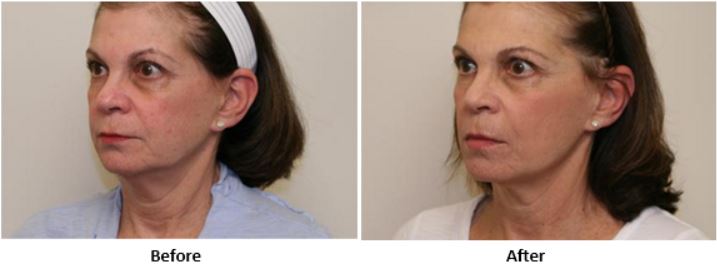The variety of laser skin rejuvenation treatments available can sometimes lead to confusion about which procedure is best-suited for you. Many patients are curious about the intense pulsed light (IPL) procedure — called FotoFacial RF — at our Atlanta practice. FotoFacial RF treatments are designed to address specific age-related skin conditions, and can also help to maintain healthy skin and delay the signs of aging.
In this blog post, I’ll answer some of the most frequently asked questions about FotoFacial, to help distinguish it from other laser skin treatments.
What exactly is the FotoFacial?
The interesting thing is that FotoFacial isn’t technically a laser treatment. Instead, it uses beams of radiofrequency (RF) energy that target pigment or blood vessels below the skin’s surface without removing any of the external skin cells. It’s ideal for treating broken blood vessels, sun spots, brown spots, and rosacea.
Who’s a good candidate?
Patients whose skin retains much of its elasticity and who are concerned about discoloration, poor texture, large pores, and several other skin conditions can usually benefit from FotoFacial treatments. Because the treatment targets melanin, patients with darker or tanned skin can sometimes experience changes in the skin’s pigmentation.
Does a FotoFacial treatment hurt?
Most patients experience little or no discomfort. I perform the treatment in my office, applying a cooling gel to the treatment area first. Patients also wear protective eye covering during the procedure, which takes less than an hour to complete.
When can I expect to see results?
Most patients require 3 to 5 separate treatments, scheduled at least a month apart, to get the results they desire. The specific experience of each patient varies depending on the condition being treated, but you can expect to see results at the end of the recommended series of treatments. There is little downtime following the procedure, but some redness or darkening of the targeted spots usually occurs for a few days.
How long will my results last?
This often depends on sun exposure. Patients who spend a lot of time in the sun, especially without sunscreen, will see redness or brown spots return rather quickly. Scheduling maintenance FotoFacial treatments every 6 to 12 months can extend the duration of the results for years — as long as you avoid prolonged sun exposure and use sun protection daily.
FotoFacial RF Before-and-After Photos
You can see for yourself the potential results in these before-and-after photos of a patient I treated at Buckhead Facial Plastic Surgery.


Leave a Reply